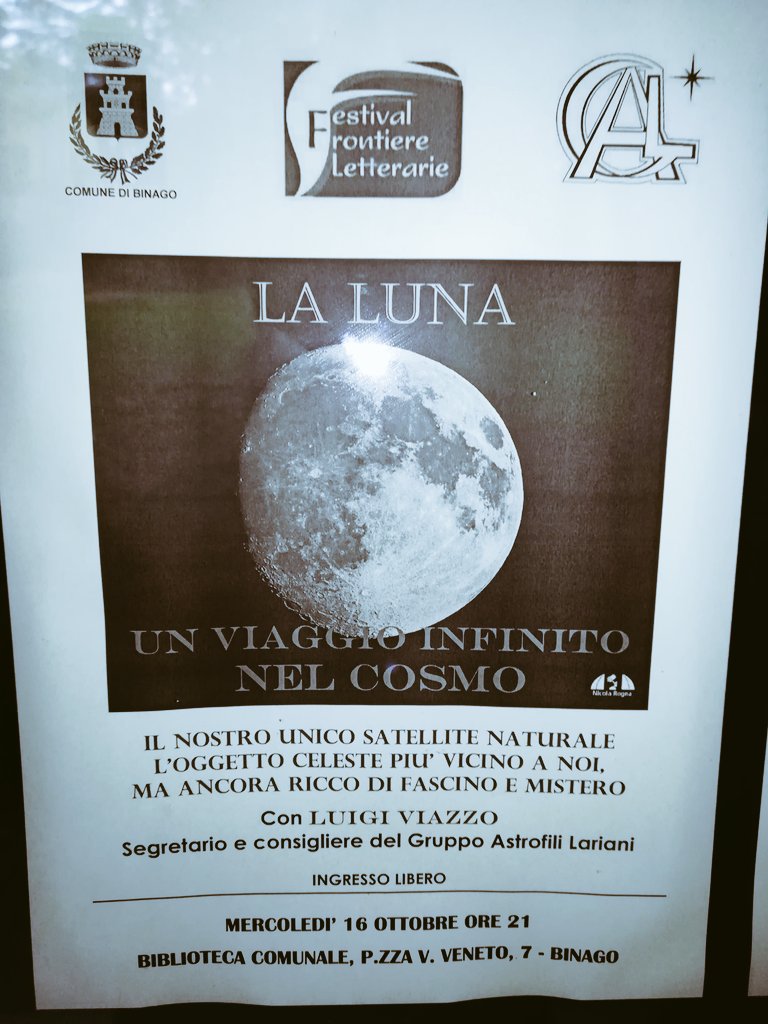Spazio e programmi Usa
Spazio e gli Usa. Il programma spaziale a stelle e strisce, ribattezzato Mercury, prese il via nel 1961 e, dopo alcuni lanci con a bordo delle scimmie, il 5 maggio ed il 21 luglio del 1961 gli astronauti Alan Shepard e Grimson furono lanciati, ma non entrarono in orbita terrestre. I lanci furono quindi ribattezzati voli suborbitali.
Spazio e il primo uomo satellite statunitense: fu John Glenn (tornato nello spazio nel 1998 a bordo dello Space Shuttle) che entrò in orbita il 24 maggio 1962.
Seguirono, fino al 15 maggio dell’anno successivo, altri tre lanci nello spazio. Poi il programma Mercury si chiuse.
Si passò così alla seconda tappa di avvicinamento al nostro satellite naturale, con il programma Gemini.
Il nome, del programma (che in latino significa gemelli) non è casuale in quanto nelle capsule
delle astronavi trovavano posto due astronauti, al contrario delle Mercury dove ve ne veniva ospitato
uno soltanto. Con questo programma iniziarono anche le prime passeggiate nello spazio, che
diventeranno, con l’avvento delle navette Shuttle, parte integrante di ciascuna missione spaziale.
Dopo due lanci sperimentali senza equipaggio, nel 1964 e nel 1965, seguirono dieci missioni con
uomini a bordo in attesa delle Missioni Apollo
Lo scopo principale delle missioni Gemini era quello di far familiarizzare gli astronauti con le
manovre nello spazio, che sarebbero diventate di fondamentale importanza per il successivo sbarco
sulla Luna. Il primo volo avvenne con a bordo Grissom e John Young (che avrebbe pilotato il primo
Space Shuttle nel 1981 e avrebbe partecipato alle missioni Apollo 10 e Apollo 16) fu compiuto il 23 marzo 1965. I due effettuarono il primo cambiamento di orbita su un’astronave, con a bordo un equipaggio. I record di permanenza nello spazio e di attività al di fuori del veicolo, nel corso del programma Gemini, si susseguirono. La conquista della Luna
era oramai lanciata. L’ultima missione Gemini fu quella del 10 novembre 1966. Ad essa presero parte
Jim Lovell (Apollo 13) e John Aldrin, che sarà a bordo dell’Apollo 11 e sarà il secondo uomo a posare il proprio piede sulla superficie lunare.
(Fine)
English Version
The first program started in 1961 and, after a few launches with monkeys on board, on May 5 and on July 21, 1961 astronauts Alan Shepard and Grimson were launched, but did not enter
Earth orbit. The launches were then renamed suborbital flights.
The first American satellite man was John Glenn (who returned to space in 1998 aboard the
Space Shuttle) which entered orbit on May 24, 1962.
Until May 15 of the following year, three more launches followed. Then the Mercury program did closed.
This led to the second stage of approaching our natural satellite with the Gemini program.
The name of the program (which in Latin means twins) is not random as it is in the capsules
of the spaceships there were two astronauts, unlike the Mercury where it was housed there
only one. With this program also began the first walks in space, which
with the advent of Shuttle shuttles, they will become an integral part of each space mission.
After two unmanned experimental launches, in 1964 and 1965, ten missions followed with
men on board.
The main purpose of the Gemini missions was to familiarize astronauts with them
maneuvers in space, which would become of fundamental importance for the subsequent landing on the moon. The first flight took place with Grissom and John Young on board (who would have piloted the first Space Shuttle in 1981) was completed on March 23, 1965. The two made the first change of orbit on a spaceship, with a crew on board. The records of permanence in space and activity outside the vehicle, during the Gemini program, they follow one another. The conquest of the moon was now launched. The last Gemini mission was that of November 10, 1966. Took part in it Jim Lovell and John Aldrin, who will be aboard Apollo 11 and will be the second man to pose his own
foot on the lunar surface.
(The End)
Latina Versio
Primum coepi progressio in MCMLXI, et post paucos ictus in simiis in tabula, in V Maii et
in Julio XXI, Alan Alexander Lenard, et Virgilius Grimson longis deductis impositoque sed ne intraveritis Terrae orbita ponendum simulat. Et tunc ictus nominati sunt, suborbitalis fuga.
Primum American satellite Cornelius Ioannes vir fuit (reversi sunt in spatio et in MCMXCVIII necatus est Tractus Radius) qua intravit in orbem XXIV Maii, MCMLXII.
Usque ad XV Maii hoc anno ad tres magis launches secuta est. Tum progressio Mercurio fecit,
clausit.
Secundus gradus hinc geminis cum satellite futurae nostrae institutionis.
Nomen progressio (quod est latine geminos), non ut in temere Capsulae
navis spatialis ex duobus fuisse videtur, ubi Mercurium dissimilis autem erat proque domo longis est
unum solum. In hoc progressio in spatio et coepit primo quantum ambules, qui
Radius shuttles adveniente, est pars integralis fiet illi spatii cuiusque missione.
Excussum inanibus post experimentum in MCMLXV MCMLXIV et decem legatos sequebatur
viri conscendit.
Erant legationes ad Geminis consuetudine statua summam eorum habet secum cursusque instruxit est in spatio, quod esset facti sunt summi profecto interest ad portum subsequent
a luna. Primum locum fugae tulit Grissom et apud Johannem Young conscendit (qui primus adducto secum fuisset, Tractus Radius in MCMLXXXI) Completus est XXIII Martii, 1965. Quod duo prima mutatio facta est navis spatialis in cavea, in tabula et cantavit. Opus spatium subsistit monumentis
extra Vehiculum in geminis progressio sunt, sequi se mutuo. Hinc luna
Nunc ictus. Leo X Decembris extremum, quod est missio esset, 1966. interfuit et in ea
Jim Lovello et Aldrin Johannem, quis esset necatus Apollo XI, et erit pose secunda ad virum suum
a pede superficiem lunares.
(Finis)
